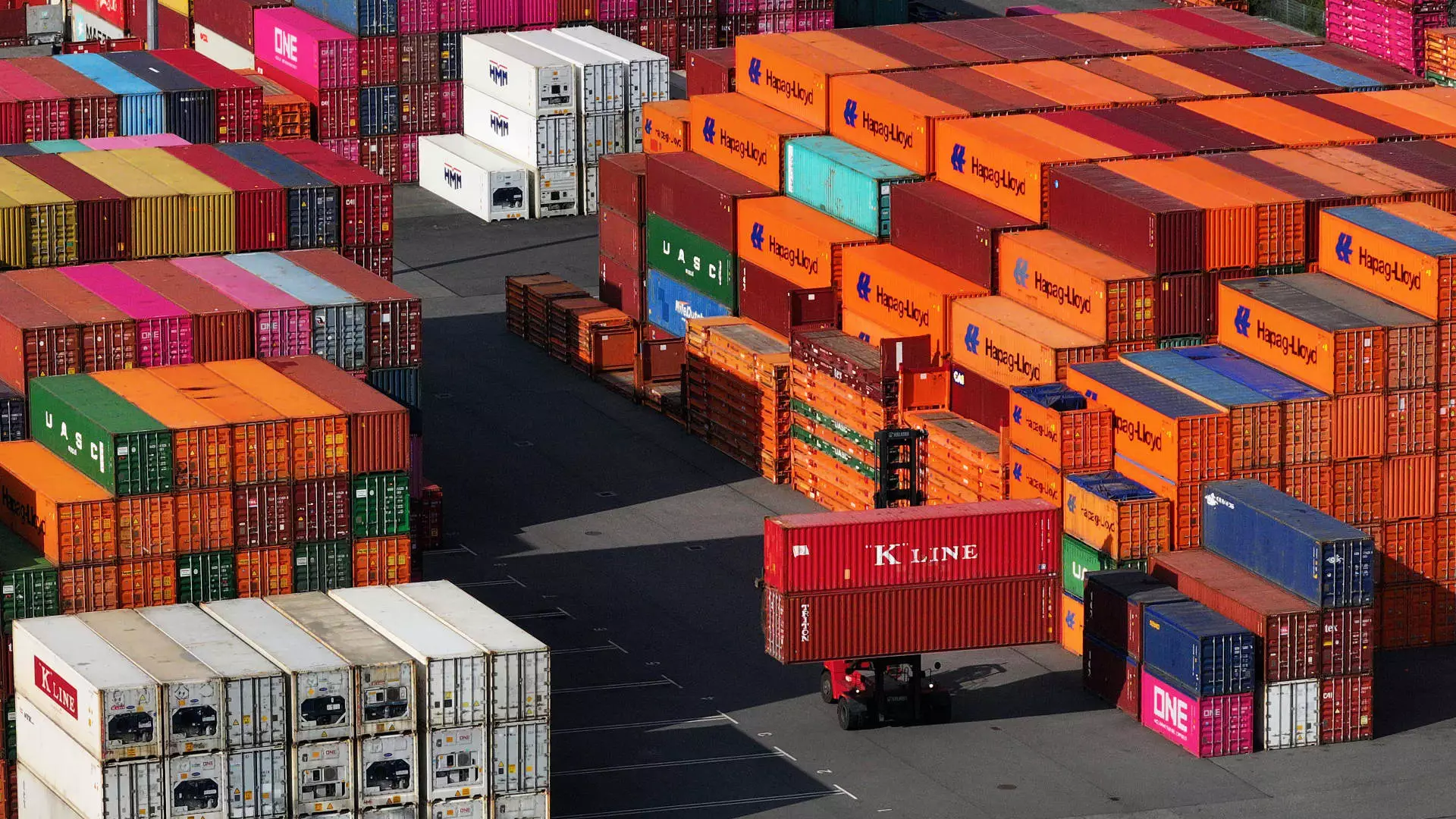The ongoing saga of tariffs, a cornerstone of President Donald Trump’s economic policy, continues to raise eyebrows among economists and investors alike. The audacity of Trump’s claim—that tariff revenues could potentially replace federal income tax—seems more a political maneuver than a practical proposal. Given the complex web of economic interactions, it’s astonishing how economical realities often clash with political rhetoric. Trump’s discussion on the matter during a Fox interview illustrates a detachment from economic fundamentals, leaving many to ponder whether we are witnessing a genuine economic strategy or a desperate gamble cloaked in populist appeal.
The Misguided Metrics of Revenue Generation
At its core, the notion that tariffs could substitute for income taxes boggles the mind. According to economists, the fundamental flaw lies in the misconception about the size of the tax bases involved. In stark contrast to the income tax, which taps into over $20 trillion in remuneration, tariffs only scratch the surface of international trade dynamics. For instance, in 2023, the United States imported $3.1 trillion worth of goods, illustrating a tax base far too limited to sustain such a sweeping policy shift. This discrepancy drives home a critical point: reliance on tariffs as a primary revenue source is akin to using a thimble to empty an ocean.
Economic Backlash: The Tariff Tax Base Dilemma
Predictions from the Trump administration have painted a rosy picture of tariff revenues potentially reaching $600 billion. However, esteemed economists like Mark Zandi debunk this by suggesting even $200 billion would be a stretch. This hyperbole reveals a fundamental misunderstanding of economic principles—specifically, the relationship between tariff rates and consumer behavior. As rates climb, imports decrease, and so does potential revenue. This paradox raises profound questions about the efficacy of tariffs as a tool for generating sustainable revenue. Time and again, history has shown that high tariffs can lead to retaliation and diminished trade, muting the very revenue streams they intend to bolster.
Is Stagflation on the Horizon?
The current economic climate is not merely an outcome of tariff negotiations; it also beckons the shadow of stagflation. Experts express concerns that increased tariffs could send shockwaves through the economy, triggering slowed growth while inflation persists. The International Monetary Fund’s recent downgrading of U.S. growth projections stands as a testament to the intricate challenges ahead. When economic policy is predicated on assumptions of perpetual trade dominance, it can spiral into a self-fulfilling prophecy of stagnation and inflation—an alarming scenario for any economy, particularly one as vast as the U.S.
The Power Play of Political Rhetoric
As the White House remains reticent in addressing criticisms of its tariff strategy, it appears increasingly clear that political motivations often outstrip economic realities. The idea of using tariffs as leverage for tax policy reform may be more about mobilizing a particular voter base than genuinely seeking fiscal innovation. President Trump’s dramatic proclamations resonate with a certain populist fervor, appealing to constituents who feel disenfranchised by globalization and economic trends that seem to respond more favorably to Wall Street than Main Street.
A Critical View on the Future of U.S. Trade Policy
What remains most concerning is the potential long-term ramifications of continuing down this uncharted tariff path. Rather than fostering a culture of innovation and competitiveness, a reliance on punitive tariffs may dismantle the very foundations of a free market. Evidence suggests that the innately interconnected nature of global trade endows economies with resilience through diversity and innovation. As policymakers fixate on tariffs as a seemingly easy solution, they risk igniting a cascade of economic challenges, reducing American competitiveness in the years to come.
The crux of effective governance lies in making assessments based on rigorous economic analysis rather than political expediency. In navigating these murky waters of trade policy, it is imperative that policymakers ground their decisions in economic realities, lest they steer the nation towards an uncertain fiscal future—a precarious balance that Trump’s government seems all too willing to tempt fate with.

